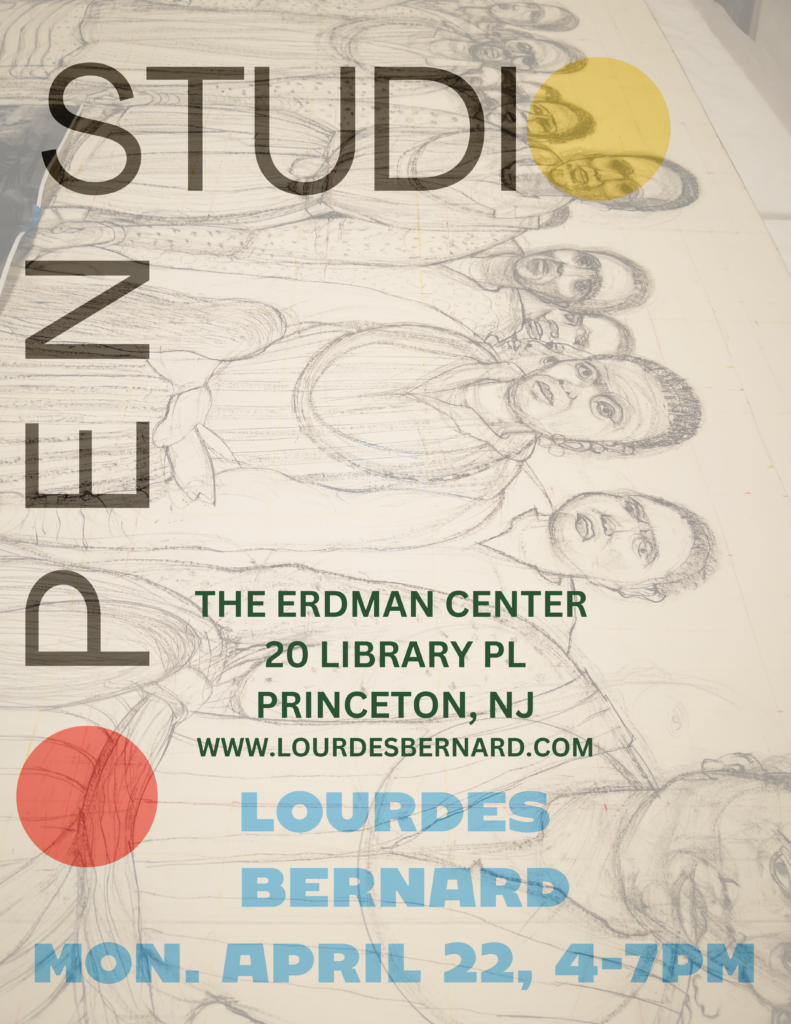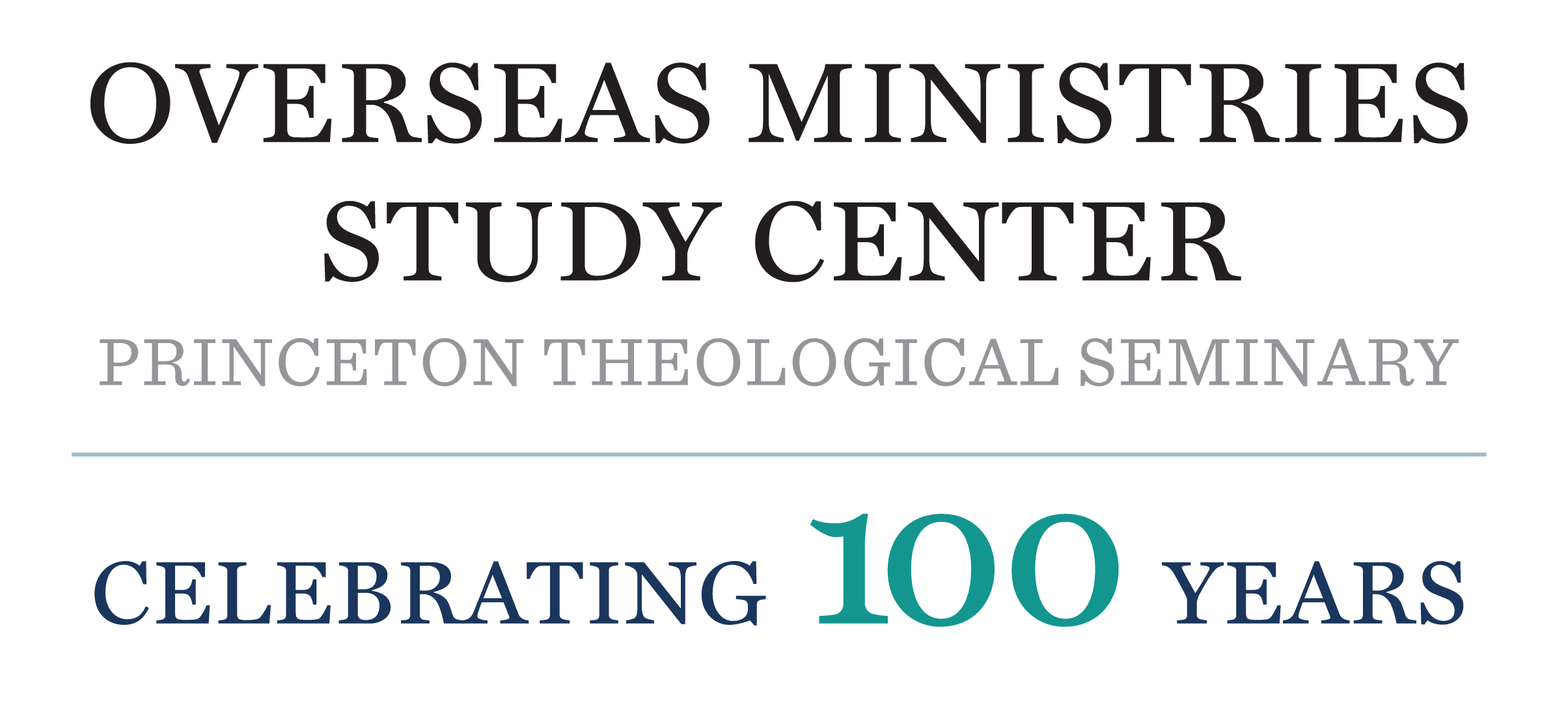By Lourdes Bernard – Artist in Residence at OMSC 2023-2024.
 Lourdes Bernard is a Dominican-American artist raised in Brooklyn. She’s a graduate of Syracuse University School of Architecture and The New York Studio School. Her work has been exhibited at El Museo del Barrio, the NYSS Gallery, FiveMyles Gallery, Boston College, PS1 Contemporary Art Center, the New York Public Library, the Wilmer Jennings Gallery, and other venues. She is a recipient of a Yaddo Foundation Fellowship and a Wurlitzer Foundation Fellowship. In 2023 Bernard received an NFA award from the National Association of Latino Arts and Culture. She is currently a visiting scholar as artist in residence at the Overseas Ministries Study Center at Princeton Theological Seminary for 2023- 2024.
Lourdes Bernard is a Dominican-American artist raised in Brooklyn. She’s a graduate of Syracuse University School of Architecture and The New York Studio School. Her work has been exhibited at El Museo del Barrio, the NYSS Gallery, FiveMyles Gallery, Boston College, PS1 Contemporary Art Center, the New York Public Library, the Wilmer Jennings Gallery, and other venues. She is a recipient of a Yaddo Foundation Fellowship and a Wurlitzer Foundation Fellowship. In 2023 Bernard received an NFA award from the National Association of Latino Arts and Culture. She is currently a visiting scholar as artist in residence at the Overseas Ministries Study Center at Princeton Theological Seminary for 2023- 2024.

“Walking The Earth” is a visual art installation of mixed media works by artist Lourdes Bernard, which will be on view during an Open Studio at the Erdman Center at Princeton Theological Seminary on Monday, April 22, 4-7 pm. The works were completed during my OMSC artist residency at PTS. The installation of figurative works also includes a series of drawings and paintings inspired by the planet Saturn. The images share overlapping themes, and they are in conversation with each other . The installation “Walking The Earth” primarily centers on women as individuals and within community. All the works reference literature and language as narrative inspiration and as visual media where text is sometimes incorporated into the work.
The title of the installation comes from the piece “Walking The Earth As Though I Have the Right to be Here” from this James Baldwin quote:
“It took many years of vomiting up all the filth I’d been taught about myself, and half-believed, before I was able to walk on the earth as though I had a right to be here.”
This particular work is a “Rückenfigur” (“figure from the back”) and invites the viewer to experience the figure’s perspective, emotional state, and journey as she walks on her path with her back toward the viewer. This allows the viewer to be a participant, and as a visual device, it creates a mysterious tension. The back of the figure also becomes a portrait that embodies a shared and universal experience and this is again echoed in the small self-portrait “Portrait Of the Artist as a Young Girl”.

The subject’s gaze (or lack of gaze) is a common thread in “Nou bèl. E nou la!” and the women are depicted as fully frontal as they face the viewer, reclaiming and redefining the poignant vernacular call and response greeting from Haitian women Nou Led, Nou La! which was born out of hundreds of years of colonial, authoritarian and ongoing U.S. imperialist oppression. Here the greeting “How are we today, Sister? We are ugly, but we are still here” is changed to “We are beautiful but we are still here.” Showcasing this history highlights the urgency in altering the current course of US policies, which continue to deepen the suffering in neighboring Haiti today as where the US is poised to unleash another military intervention.
Christ Plays in Ten Thousand Places
“The Congregants”, a triptych, and “Sena The Theologian” are part of an ongoing portrait series titled “The Icon of Reality” inspired by these lines from the Jesuit Gerard Manley Hopkins’ poem “As Kingfishers Catch Fire” :
“Crying Whát I dó is me: for that I came
Acts in God’s eye what in God’s eye he is —
Chríst — for Christ plays in ten thousand places,
Lovely in limbs, and lovely in eyes not his
To the Father through the features of men’s faces.”
The portraits are indexical of Divine creativity and its human expression. They are based on sketches made over several hours when each of the four OMSC visiting scholars sat and posed for a portrait. The final portrait is a composite pen and ink drawing based on these sketches and made over several weeks as a daily ritual.The process-driven portraits are not idealized and rather reflect an authentic humanity as icons that express the sitter’s sacredness here and now. Three of the four scholars provided a prayer that they hold dear and are now written on the portraits in their native language. Three of the scholars form a triptych and become “The Congregants”. In “Sena the Theologian,” the subject and the pictorial language are in dialogue with the early Christian art of Byzantium Africa, particularly in Ethiopia, where Sena is from. “Sena the Theologian” reminds us that Christianity first flourished in Africa, and its earliest and deepest roots are in that continent.

Ringscapes
I saw the planet Saturn for the first time during a visit to the Peyton observatory at Princeton University.The direct viewing experience was impactful. When the astrophysicist at Peyton explained that Saturn’s rings were not just made of gas but were in fact full of shattered moons, comets, “asteroids made of chunks of rock, ice, and metal left over from the formation of our solar system,” some as big as mountains, I was moved to make the “Ringscape” series. These pen and ink drawings depict Saturn’s rings as an imaginary cosmic landscape and a laboratory full of mysterious and unknown forms, continually emerging and in constant motion. The visits to Peyton also inspired “Saturn, Plan View” a painting of Saturn without the rings. Several images in this series were made against the backdrop of the genocide in Gaza and as I worked on these images I found myself returning to Stevie Wonder’s timeless song “Saturn” again and again:
“We have come here many times before
To find your strategy to peace is war
Killing helpless men, women and children
That don’t even know what they are dying for
We can’t trust you when you take a stand
With a gun and bible in your hand
And the cold expression on your face
Saying give us what we want or we’ll destroy”
The works on view in the Open Studio reflect questions I grappled with during the residency, and as I made the images, even more questions were raised. This is why the lyrics from “Saturn” ring as true today as they did when the song was first released. We need to collectively walk the earth as though we all belong here, and perhaps raising our eyes to look at the stars and planets can help ground us in this singular and essential truth.



